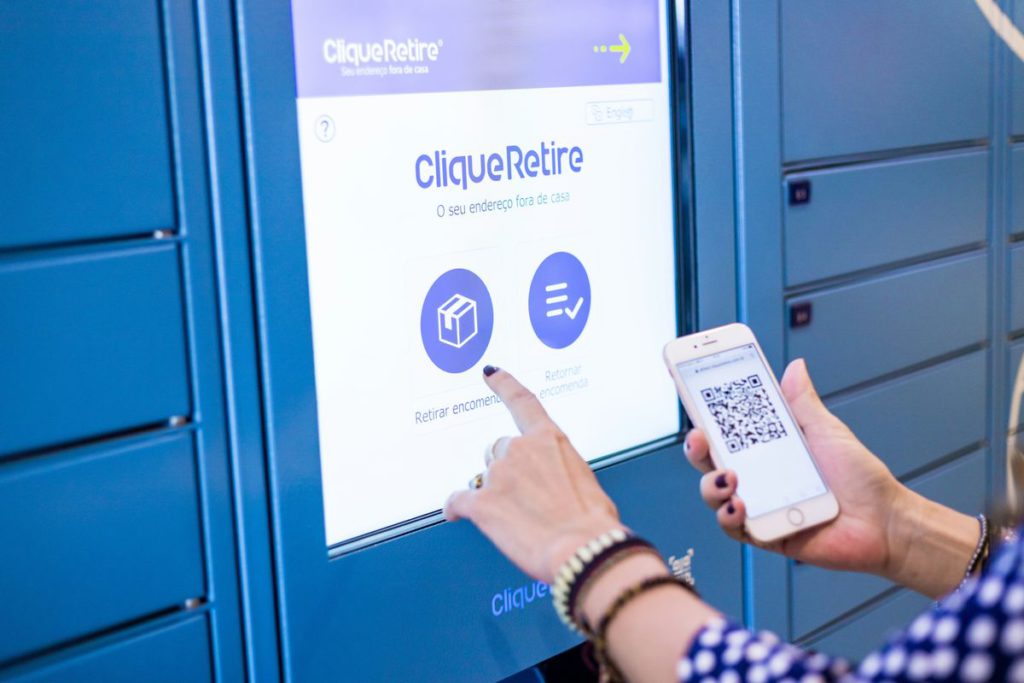Your smartphone buzzes. Again. The notification pulls your attention away from whatever you were doing, and suddenly you’re three apps deep into a digital rabbit hole. Sound familiar? Technology promised to make life easier, yet many of us feel more scattered than ever. From rewiring our brains to reshaping entire cities, our digital tools are changing everything about how we live and work.
7. Your Brain Can’t Handle All Those Notifications

The average person receives 80-100 notifications daily, and each ping fractures your concentration. Neuroscience research shows that constant task-switching creates a cognitive bottleneck, making simple tasks take 25% longer than they should. Your brain treats every notification like an emergency, flooding your system with stress hormones designed for actual threats.
Heavy in your hands, that smartphone feels innocent enough. Research from the University of California, Irvine found it takes an average of 23 minutes to fully refocus after an interruption. Multiply that by dozens of daily distractions, and you’re operating in a permanent state of partial attention.
6. Multitasking Is Actually Brain Damage in Disguise

During rush hour traffic, you wouldn’t text and drive simultaneously. Yet we apply the same dangerous logic to work, believing we can juggle multiple complex tasks without consequences. Stanford research reveals that people who frequently multitask show reduced density in brain regions responsible for cognitive and emotional control.
The brain doesn’t multitask—it rapidly switches between activities, losing efficiency with each transition. Tasks completed while multitasking contain 50% more errors and take up to 25% longer than single-focus work. That feeling of productivity from managing multiple streams? Pure illusion.
5. Remote Work Broke the Office Forever

Forty-seven percent of full-time employees now work from home at least part of the time, according to Gallup’s 2024 workplace data. This shift gutted commercial real estate values in major cities while forcing companies to rebuild management practices from scratch. Traditional oversight methods collapsed when managers couldn’t see their employees.
Your typical downtown area lost 30-50% of its weekday foot traffic compared to pre-2020 levels. Restaurants, dry cleaners, and transit systems built around office workers face permanent demand changes. The ripple effects extend beyond business districts into tax revenues, urban planning, and the fundamental economics of city life.
4. AI Art Steals While It Creates

Need better graphics for your presentation? AI image generators produce professional-quality visuals in seconds, trained on millions of existing artworks scraped from the internet without permission. Artists watch their distinctive styles replicated instantly by anyone with a text prompt and an internet connection.
Legal battles rage over whether this constitutes theft or transformation. Getty Images sued Stability AI for using copyrighted photos to train their systems. Meanwhile, platforms like Adobe Firefly attempt ethical approaches by training only on licensed content, though most AI art tools remain legal gray areas.
3. Voice Control Finally Makes Tech Simple

No other interface improvement promises as much relief from complexity overload as natural language processing. Mercedes vehicles now understand conversational commands like “I’m cold” instead of requiring navigation through nested climate menus. AI assistants handle multi-step requests through dialogue rather than precise button sequences.
This technology particularly benefits users with mobility limitations or visual impairments. Voice interfaces eliminate the need to learn ever-changing app layouts or memorize gesture controls. The promise: technology that adapts to human communication patterns instead of forcing humans to learn machine languages.
2. Your Attention Span Shrinks With Every Swipe

Microsoft research suggests the average attention span dropped from 12 seconds in 2000 to 8 seconds today—shorter than a goldfish. Constant exposure to rapid-fire content trains the brain to expect instant gratification and struggle with sustained focus. Reading comprehension suffers when we’re conditioned to scan rather than absorb information.
Social media platforms engineer addictive feedback loops using variable reward schedules, the same psychological mechanism behind gambling addiction. Former tech executives now warn about systems they helped create, recognizing the unintended consequences of engagement-optimized design.
1. Smart Shopping Carts Track Everything You Touch

Major retailers invest millions in shopping carts equipped with touchscreens, automatic scanning, and integrated payment systems. These connected carts eliminate checkout lines while collecting detailed data about shopping patterns, dwell times, and product interactions. Amazon’s Dash Cart technology represents the physical world catching up to digital commerce tracking.
From your perspective, these carts offer convenience—scan items as you shop, skip the register, walk out with your purchases automatically charged. From the retailer’s perspective, they provide unprecedented insight into customer behavior and preferences, transforming every shopping trip into a data collection opportunity.